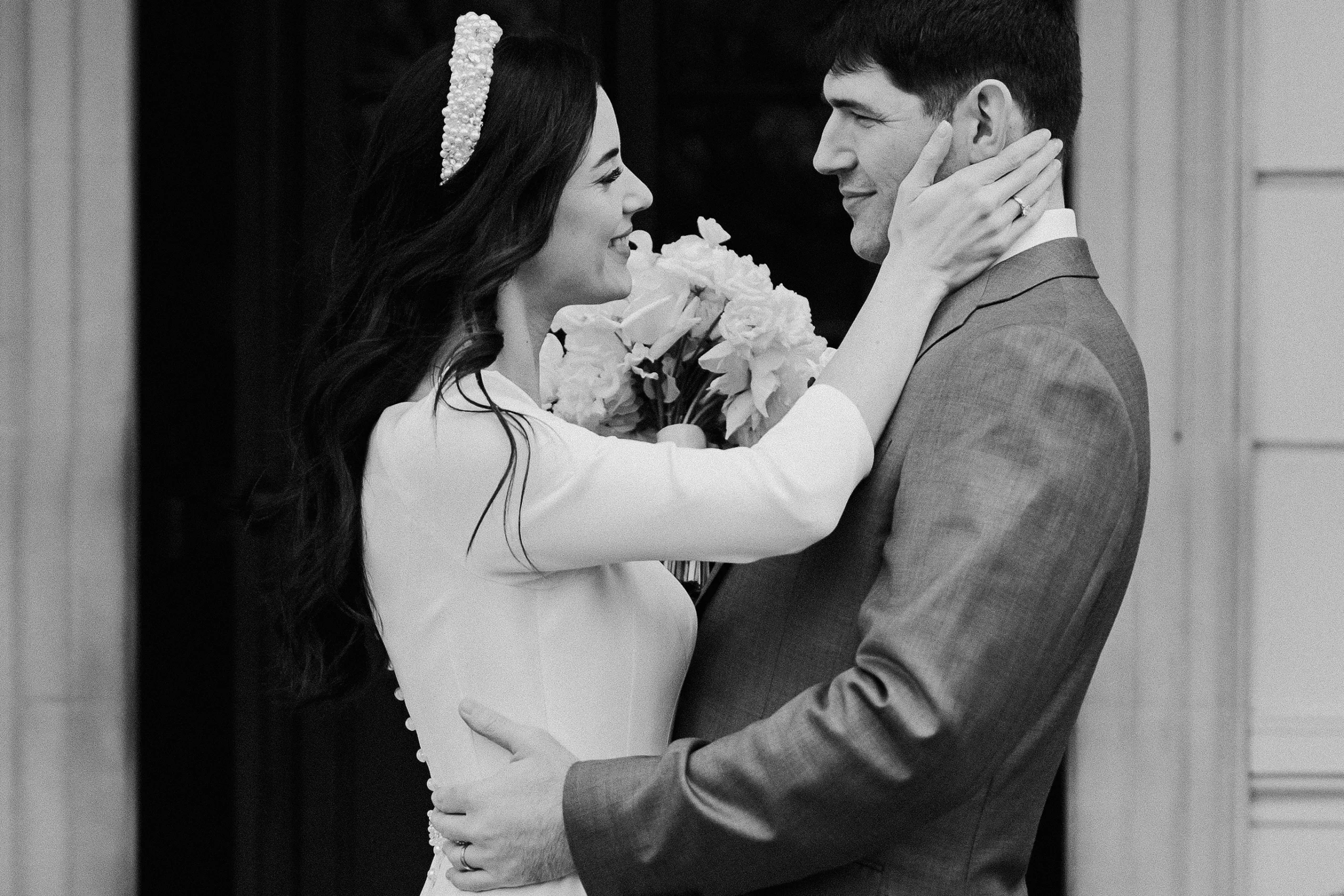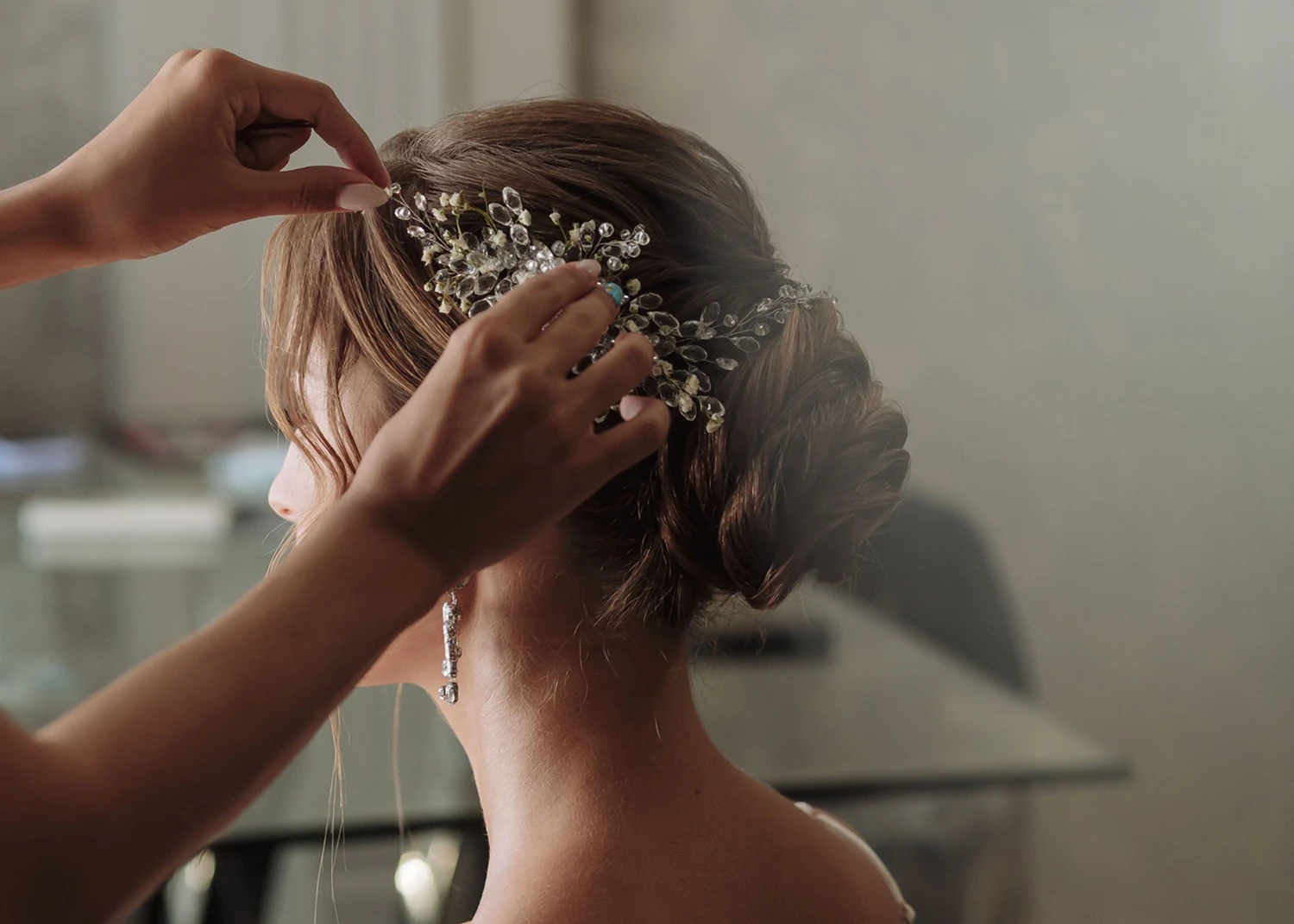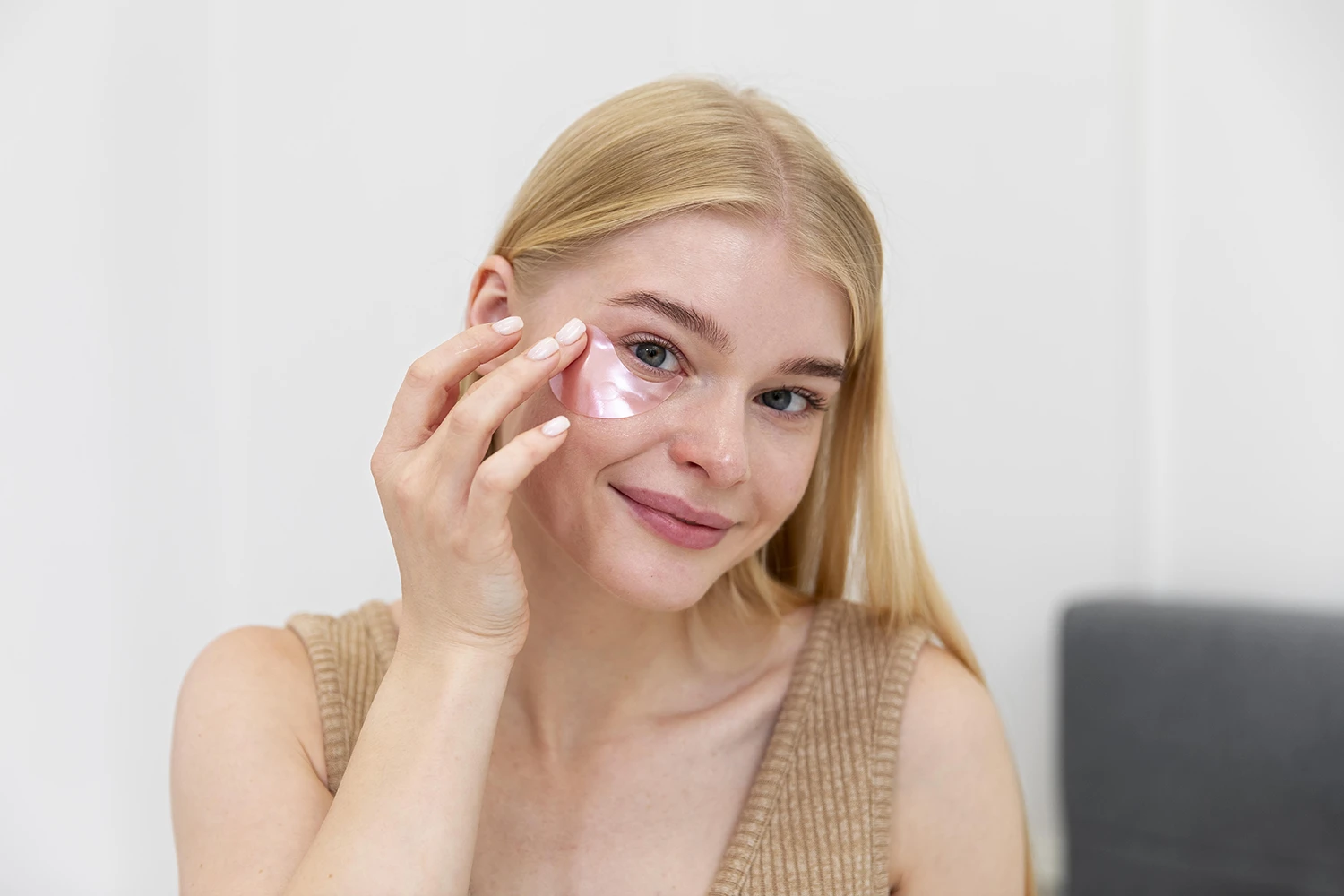When you’re juggling a busy work schedule, making time for self-care, and staying on top of the latest hair colour trends, choosing the right hair dye can make all the difference in achieving your desired look while keeping your hair healthy. For many modern women—who may be balancing everything from back-to-back meetings to family commitments—hair colour is an easy way to express personal style and enhance natural beauty without sacrificing precious time.

This article will break down the world of hair colouring by providing a detailed comparison of semi-permanent vs. permanent hair dye. Understanding how each type of dye works will help you avoid damage, maintain vibrancy, and achieve long-lasting results. By the end, you’ll know exactly which option aligns with your hair goals, maintenance routine, and lifestyle, ensuring a colour choice you won’t regret!
Read on to discover the facts, benefits, and best uses of semi, demi, and permanent hair colours, and find out which approach fits seamlessly into your everyday routine. This guide will help you discover all the differences of permanent vs semi permanent hair colour.
What’s the difference between permanent vs semi permanent hair colour?
Semi-permanent hair colour
Semi-permanent hair dyes, is a gentler type of hair dye. Unlike permanent hair dye, semi-permanent hair dyes do not alter the hair’s natural structure as it is an ammonia-free formula and doesn’t require a developer. Rather than penetrating the hair shaft, semi-permanent colour coats the outer layer of the hair—also known as the outer cuticle—and generally fades after about 4–12 shampoos. It’s a safer option for those with sensitive hair or damaged hair, as it contains fewer harsh chemicals and is less likely to cause allergic reactions.
Hair glazes and glosses are examples of semi-permanent hair colour. These services majorly boost shine for natural or coloured hair, as well as give vibrancy back to coloured hair in between highlighting appointments. Since semi-permanent colour doesn’t last nearly as long as permanent, it’s not prudent if you’re looking for an extensive change. It doesn’t allow for major lightening or darkening, either. Odds are, you might be using this regularly for shine-boosting or colour-reviving reasons.
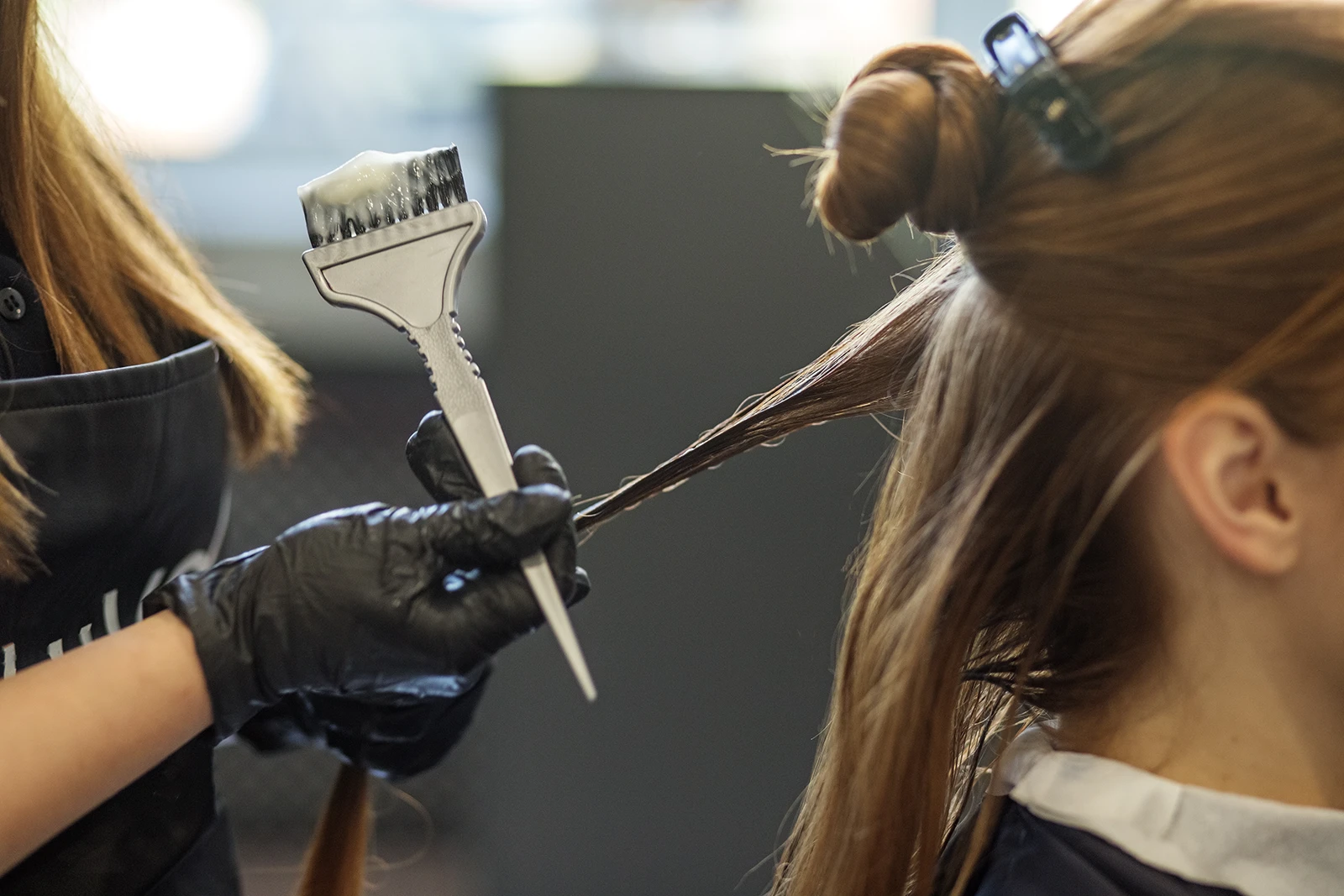
Ideal for
- Blending up to 50% of grey hairs or white strands
- Boosting hair gloss and shine
- Trying new tones and natural shades
- Adding a boost of richness to faded or dull hair
Limitations
- Cannot lighten hair
- Offers temporary solution; fades relatively quickly
- Less grey coverage compared to permanent hair dye
Semi-permanent hair dyes are a low-commitment way to enjoy beautiful hair colour without altering your natural pigment long-term.
Permanent hair colour
If you’re ready for a long-lasting change—like covering a significant amount of grey roots or switching to a blonde shade or brilliant brunette shades—permanent hair dye is often the perfect product. Unlike semi-permanent dyes, permanent hair colours penetrate the hair cuticle deeply via a chemical reaction that uses a developer to lift the outer layer of the hair. This process allows for complete coverage of grey hairs, more dramatic lightening or darkening, and a longest-lasting finish.
Ideal for:
- Full grey coverage
- Can lighten or darken your current shade
- Requires fewer salon visits for root touch-ups
- Delivers more radiant, healthy-looking hair when combined with conditioning ingredients
Limitations
- More potential for hair damage due to the chemical process
- Extra step in maintenance: frequent colouring process can lead to dry hair or bleach-weakened hair bonds if overdone
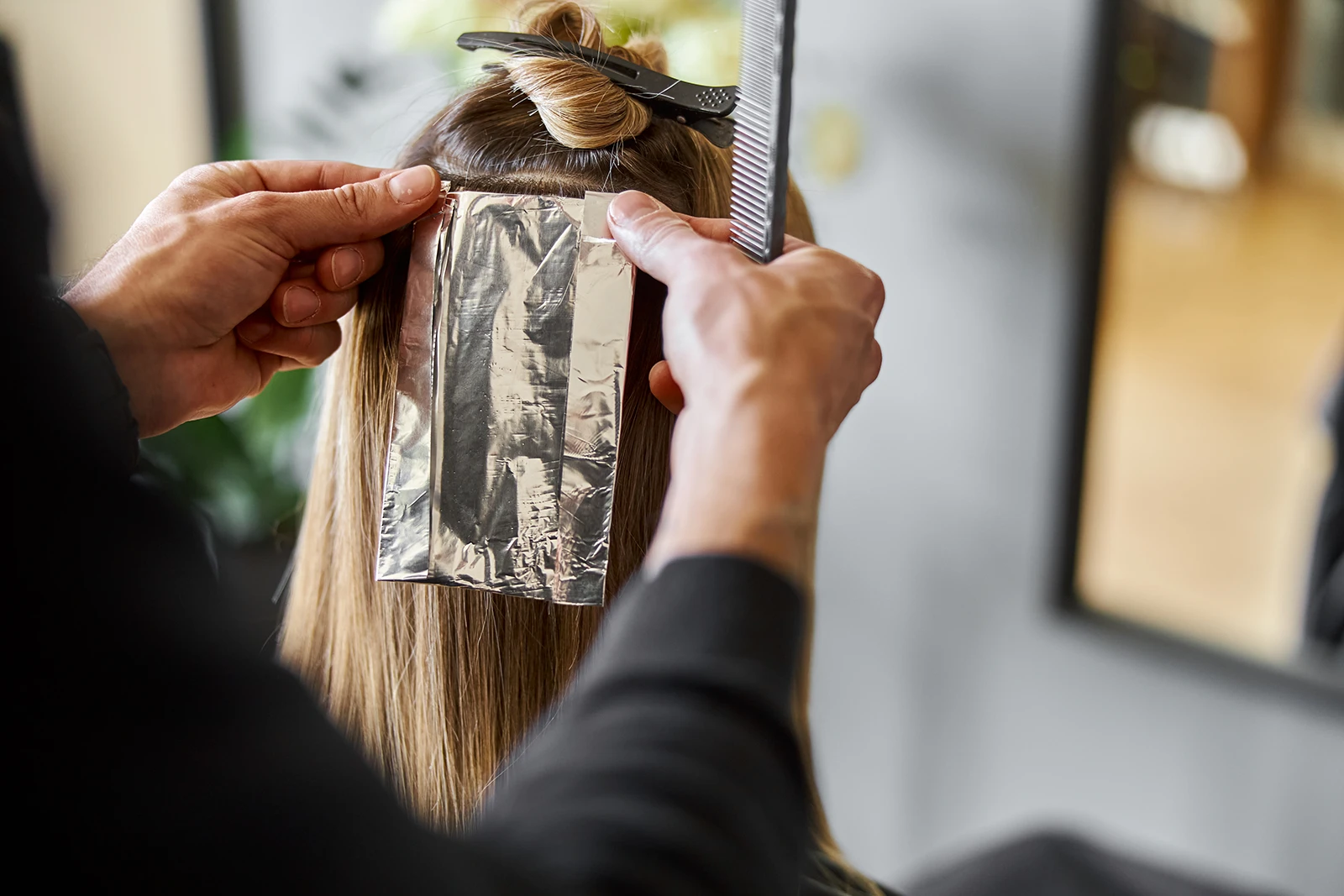
Despite these differences, both change hair colour, come in various shades, and can contain conditioning ingredients. They also require maintenance, such as colour-safe shampoos, to keep the hue vibrant. However, you don’t need to pay frequent visits to the salon as long as you follow the recommended procedure to take care of your coloured hair. Whether opting for flexibility or longevity, both allow for creative expression and personalisation of hair colour.
Whether You’re Looking for a Subtle Boost or a Dramatic Change
Whether you’re looking for a subtle colour boost, a dramatic transformation, or grey hair coverage, choosing the right type of hair dye can make all the difference in achieving your hair goals while keeping your hair structure healthy. Below, we dive into the differences between permanent vs semi-permanent hair colour and how each can fit into a modern woman’s lifestyle.
- Permanent hair dye offers long-lasting results, complete coverage of grey hairs, and can lighten or darken your natural hair colour.
- Semi-Permanent Hair Colour offers a temporary hair colour change that can enhance natural shades, subtly blend grey hairs, or add a new twist to your look—perfect if you have a busy schedule or simply want to experiment without full commitment.
Whether you have blonde hair, brown hair, or somewhere in between, both options have their advantages and drawbacks, depending on your hair type, lifestyle, and colour goals.
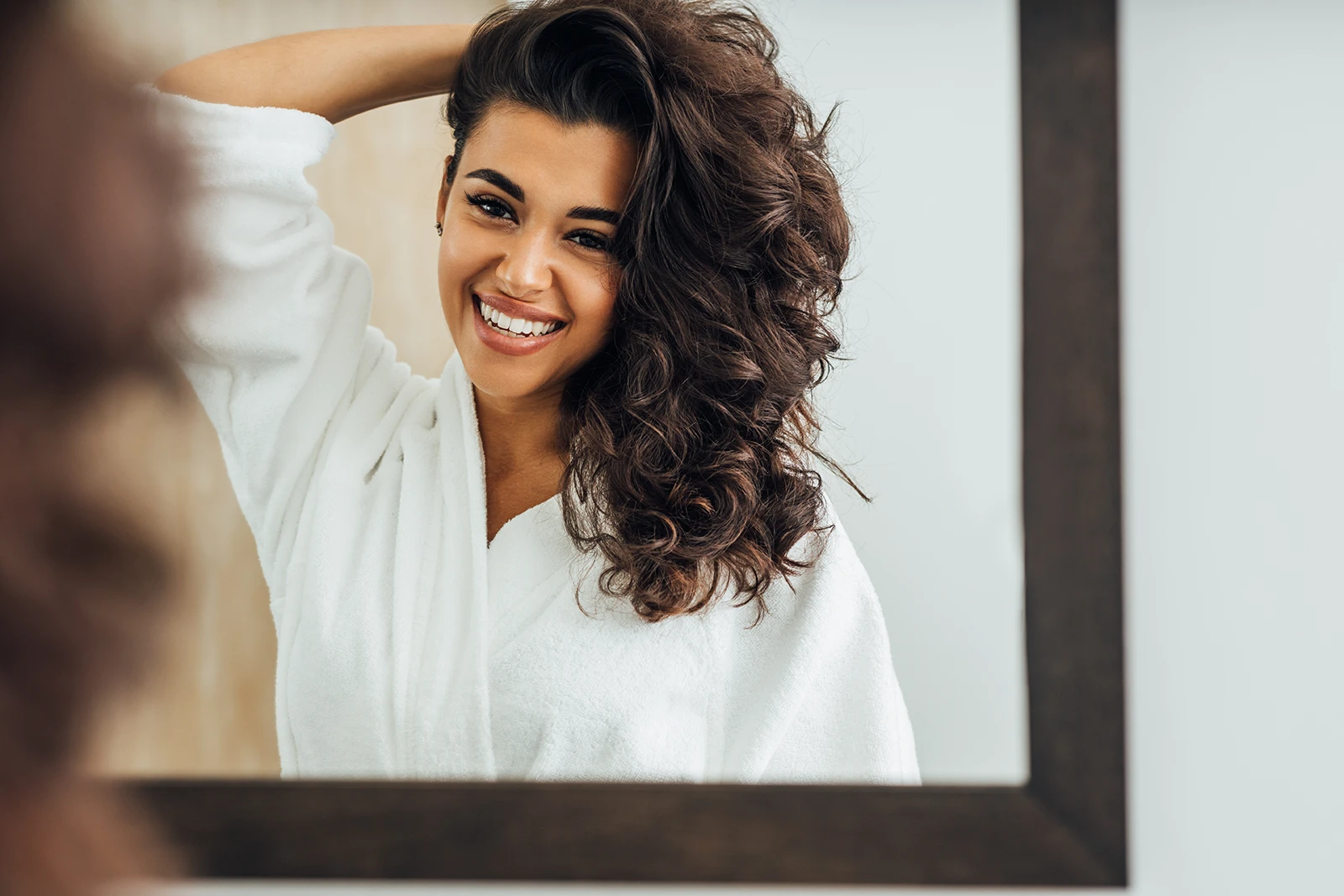
Permanent vs semi-permanent: Lifestyle, hair goals and maintenance
Both semi-permanent and permanent hair colour require some upkeep. For instance, permanent hair colour may need root concealers or root touch-ups every 4–6 weeks (if you’re covering grey roots or dramatically changing your base colour). Meanwhile, semi-permanent colour might need refreshing after several shampoos to maintain that boost of shine and keep your hair day feeling fresh.
- If you’re a working professional who travels often, semi-permanent hair colours might be easier to manage—less of a step of complexity, and fading can be seen as a temporary colour evolution rather than a harsh regrowth line. On the flip side, if you won’t have the time to make frequent salon visits and want a long-lasting transformation—perhaps a brunette hair turning into a vibrant, bold shade—then permanent hair colour brands would be more convenient.
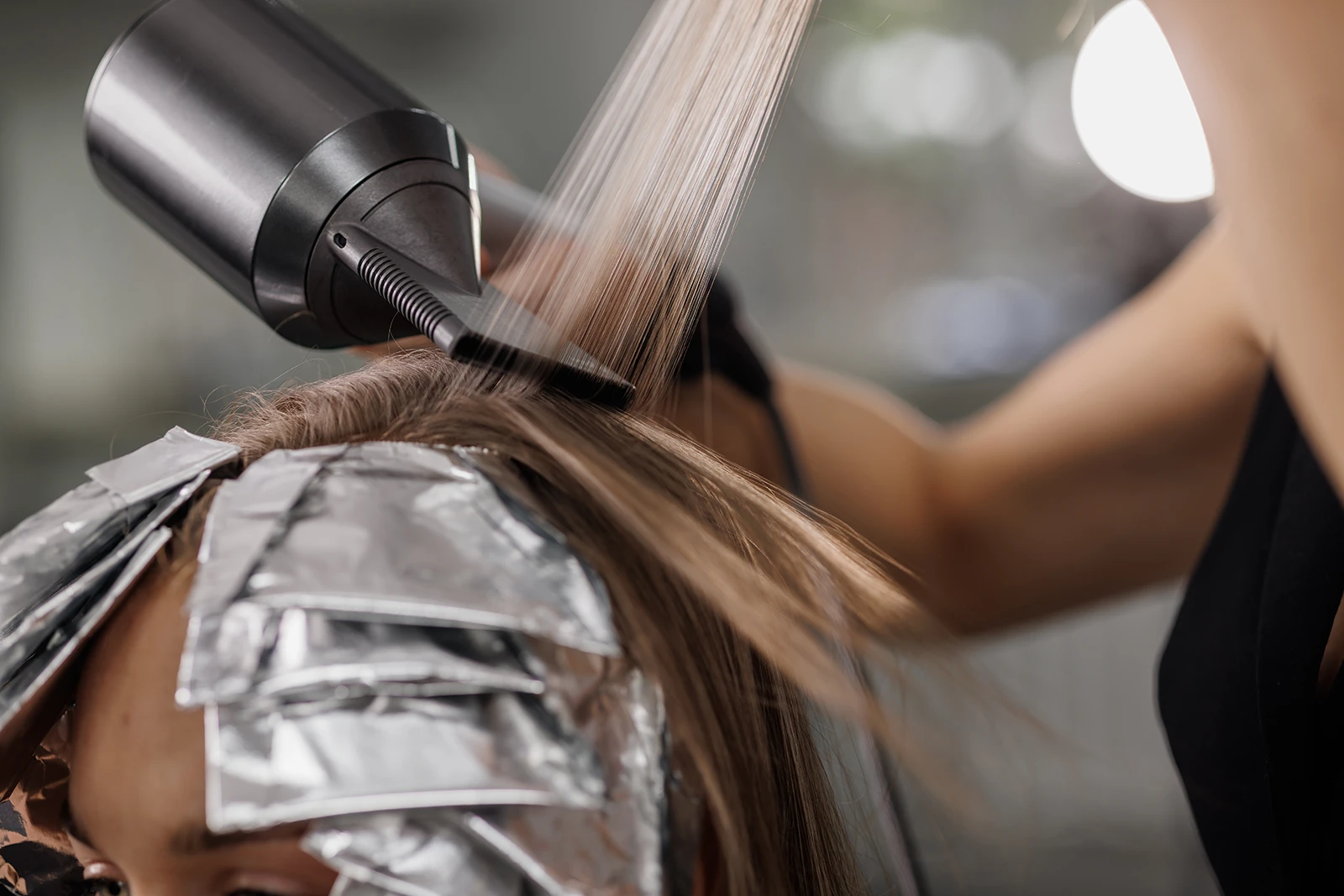
What is a demi-permanent and temporary hair colour?
Demi-permanent hair colour
Demi-permanent hair dye is a middle ground between semi and permanent. It typically uses a low-volume developer or alkali ingredient to gently open the hair cuticle, depositing colour molecules more deeply than semi-permanent dyes but without fully altering your natural hair pigment. Lasting up to 24 washes, Demi-permanent hair dyes offer a boost of condition and can be great for grey blending, toning, or adding a hair gloss effect.
Ideal for
- Those who want longer-lasting but still temporary colour
- Virgin hair that needs a subtle colour shift or range of shades
- Adding depth and richness without lifting the natural colour
- Glossing or toning treatments for dull hair or orange tones
Temporary hair colour
Temporary Hair Colour, including hair tints and root concealers, is ideal if you want a temporary solution for special events, root touch-ups, or quick grey coverage. These hair colour semi options wash out in 1–2 shampoos, offer minimal hair damage, and are perfect if you just need a short-term fix—for instance, covering white strands for a wedding weekend or adding a bright colour streak for a party.
Ideal for
- Special occasions or holiday festivities
- Root touch coverage between salon appointments
- People concerned about allergic reactions or hair during pregnancy (though always consult a professional for safety)
- Minimal risk for dry hair types or sensitive skin
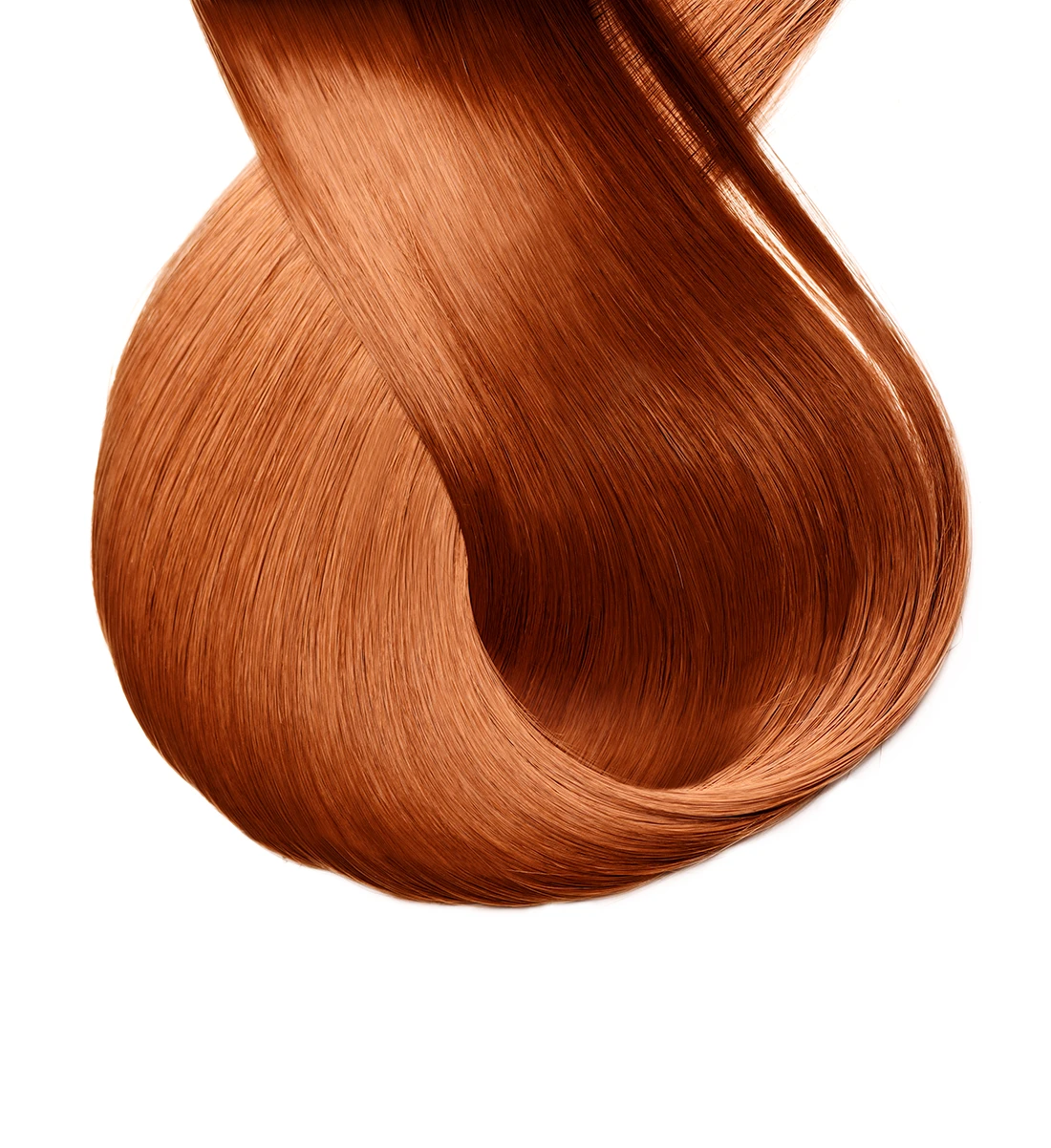
Demi vs. semi-permanent hair dyes: Key differences
Semi-permanent dyes last around 4-12 shampoos, while demi-permanent options range from 12 to 24 washes, making them a longer-lasting choice for a temporary colour change. Both semi and demi-permanent hair colours are ammonia-free, but the latter uses a low-volume developer to slightly open the cuticle, allowing deeper penetration, whereas the former sits on the surface and fades gradually.
For grey blending, demi-permanent hair colours creates a soft, highlighted effect but doesn’t fully cover greys, unlike permanent dyes. Meanwhile, semi-permanent works best for enhancing tone or refreshing faded colour. Choosing between the two depends on desired longevity and whether grey blending is a priority.
Longevity
- Semi-permanent colour: 4–12 shampoos
- Demi-permanent colour: 12–24 washes
Damage Potential
- Semi-Permanent: No developer, minimal risk of hair damage
- Demi-Permanent: Low-volume developer, still minimal damage but slightly more opening of the hair cuticle
Grey Blending
- Semi-Permanent: Soft coverage, minimal grey blending
- Demi-Permanent: More pronounced blending, great for a highlighted effect on grey hairs

Permanent vs Semi-Permanent Hair Colour: Choosing What’s Right For You
So now that you’ve got a bit more clarity on the differences, what will it be for you?
Do you want to change your hair colour for good? Go for a more temporary solution to blend in those greys? Or need something to give your hair that extra oomph? Whether you’ve made up your mind or need a little more help to decide, we are here to help!
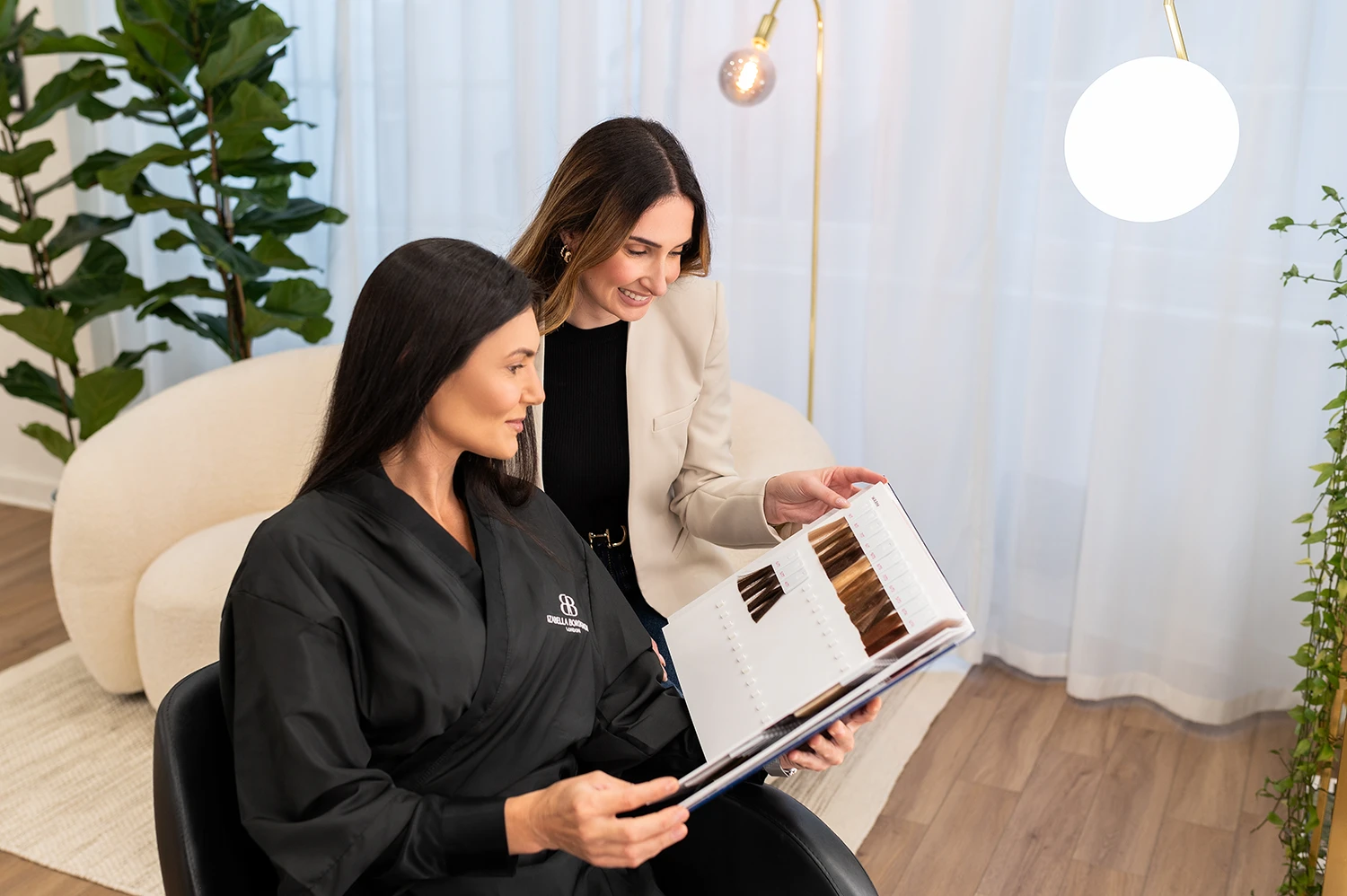
Ready for a Consultation?
If you’ve read this far, you’re obviously interested—so why not visit the best hair salon in London for a consultation with our expert Trichologist and Hair Colourist? If you’re a busy lady short on time, simply send us a WhatsApp message and we’ll gladly answer your questions and arrange an appointment. Click here to get in contact
